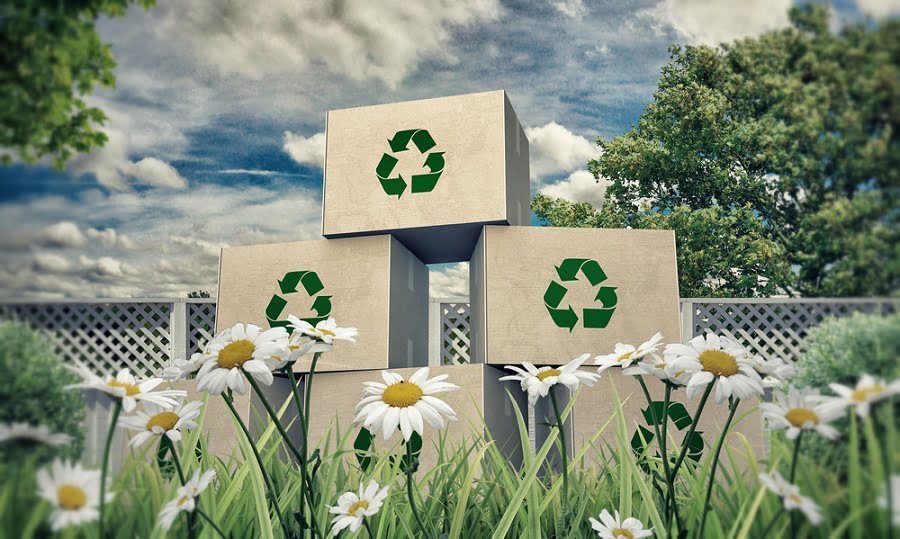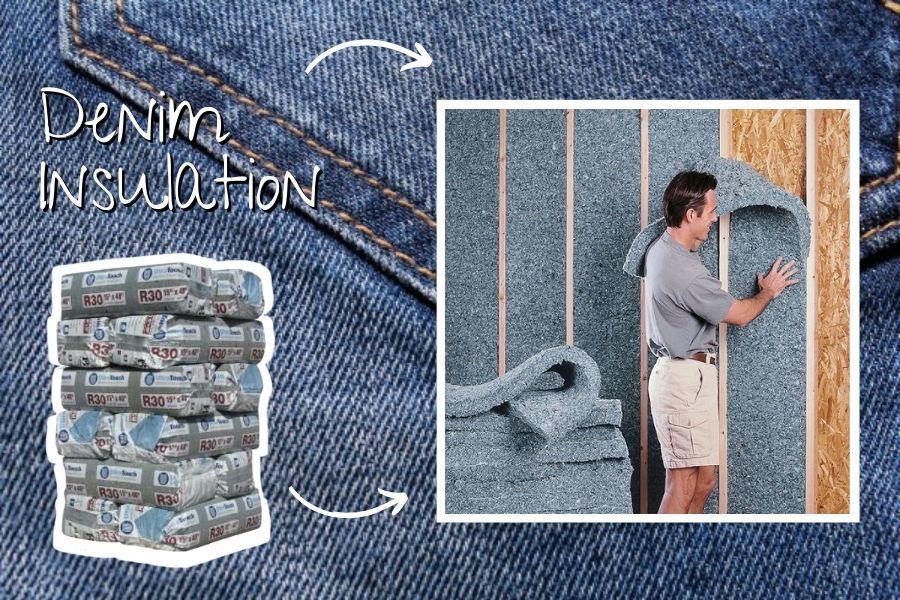Last updated on
Yes, Kleenex boxes are recyclable, as they are made of paperboard which can be easily processed in most municipal recycling programs.
Key takeaways:
- Kleenex boxes are recyclable.
- Remove plastic film before recycling.
- Flatten boxes to save space and facilitate processing.
- Check local recycling regulations for specific guidelines.
- Reduce waste by using handkerchiefs and choosing sustainable options.
Material Composition of Kleenex Boxes
Kleenex boxes are primarily made of paperboard, a type of cardboard that provides a sturdy yet lightweight container for facial tissues. The paperboard is usually sourced from wood pulp and is designed to protect the tissues from damage and contamination.
Some boxes feature decorative elements or coatings, which can affect their recyclability. Additionally, the plastic film that’s often found covering the dispensing slot to preserve the tissues’ cleanliness can complicate the recycling process, as it needs to be separated from the paperboard.
It’s essential to be aware that the material’s recyclability can vary based on these additional components and the capabilities of local recycling facilities.
Recyclability of Cardboard Components
Understanding the recyclability of cardboard components in Kleenex boxes involves examining the type of paper fiber used. These boxes are typically made from high-grade paperboard, which is in demand for recycling due to its strong and long fiber composition. The fibers hold up well during the pulping process, allowing them to be reused to create new paper products. This not only conserves resources but also reduces the carbon footprint associated with the production of new material.
Before tossing Kleenex boxes into the recycling bin, ensure they are free of any plastic liners or residue from tissues. Such contaminants can interfere with the recycling process, leading to the rejection of the entire batch. Break down boxes flat to save space in the recycling bin and facilitate easier transport and sorting at recycling facilities.
Keeping these points in mind helps ensure that the cardboard in Kleenex boxes is successfully recycled and contributes to a more sustainable loop of paper production.
Guidelines for Recycling Kleenex Boxes
Before tossing your Kleenex box into the recycling bin, a few simple steps can ensure it’s properly processed:
1. Empty the Box: Make sure all tissues and the plastic film, if present, are removed. These are not recyclable and can contaminate the recycling stream.
2. Break It Down: Flatten the box to save space in your recycling bin and to facilitate easier processing at recycling facilities.
3. Check for a Recycling Symbol: While most Kleenex boxes are made from recyclable materials, it’s prudent to look for the recycling symbol to confirm.
4. Remove Non-Paper Components: Occasionally, boxes may include plastic or metal parts for reinforcement or as design elements. Detach and dispose of these as they can hinder the recycling process.
5. Keep It Dry and Clean: Contaminated cardboard can’t be recycled, thus ensure your box hasn’t been exposed to moisture or substances that could soil the material.
By following these guidelines, you contribute to the efficient recycling of materials and aid in the cycle of sustainability.
Local Recycling Regulations and Kleenex Boxes
Understanding your municipality’s specific recycling guidelines is vital for proper disposal of Kleenex boxes. Different regions may have varying standards on recyclable materials:
- Check with Local Services: Reach out to your city’s waste management department or visit their website for detailed recycling information.
- Sorting Rules: Some areas require that you separate components, like plastic liners from the cardboard, while others accept the entire box.
- Contamination Policies: Ensure that boxes are free of tissues and other contaminants. Soiled or wet cardboard can often not be recycled and may contaminate other recyclables.
- Curbside Pickup Specifications: There may be size or bundling requirements for your recyclables; small boxes like those for Kleenex might need to be grouped with larger cardboard for curbside pickup.
- Drop-Off Centers: If curbside recycling isn’t an option, local drop-off centers may be available. They often accept a wide variety of recyclables, sometimes with fewer restrictions.
By complying with these local policies, you help streamline the recycling process and contribute to the efficiency of the recycling system in your community.
Ways to Reduce Kleenex Waste
Embrace the use of handkerchiefs. These reusable alternatives can significantly diminish reliance on single-use tissues. Find a fabric that suits your preferences—cotton, bamboo, or linen—for a gentle touch on the skin and easy laundering.
Select tissue brands with mindfulness. Look for companies that employ recycled materials or sustainable practices in their product lines. Some brands may even offer a compostable option, further reducing waste.
Implement a compost system for tissue disposal. Provided they are not contaminated with chemicals or plastic, plain tissues can be added to a compost bin. However, it’s important to note that tissues used during illness should be kept out of compost to prevent the spread of pathogens.
Explore upcycling opportunities. Used tissue boxes offer a plethora of creative upcycling ideas, from drawer dividers to seedling starters. The sturdy cardboard can be repurposed in various craft projects, contributing to both waste reduction and creative play.
Institute waste reduction habits. Encourage less tissue use by adopting practices like air drying instead of using tissues for small water spills or utilizing washcloths for makeup removal. Small changes in daily routines can accumulate to a notable reduction in tissue box waste over time.
FAQ
Is the plastic on Kleenex boxes recyclable?
Yes, the plastic on Kleenex boxes is recyclable and can be placed in your recycling cart or a clear or blue-tinted plastic bag.
Are tissues boxes recyclable?
Yes, tissue boxes are recyclable, but you need to first remove any plastic liners they may contain to minimize contamination before recycling them with cardboard materials.
Can you put Kleenex in the recycle bin?
No, Kleenex or any facial tissues should not be put in the recycling bin, they should be disposed of in the garbage due to their insufficient fiber quality for making new paper products.
How do recycling facilities manage the plastic windows in tissue boxes?
Recycling facilities manage the plastic windows in tissue boxes by separating them from the cardboard using a technique called hydropulping, which reduces the materials to their component fibers.
What materials are used in the production of Kleenex boxes?
Kleenex boxes are typically made from materials such as cardboard and paper, specifically sourced from recycled content or sustainably managed forests.
Are there eco-friendly alternatives to traditional Kleenex boxes?
Yes, there are numerous eco-friendly alternatives to traditional Kleenex boxes, including tissues made from bamboo or recycled paper.
Related reading:
Table of Contents


